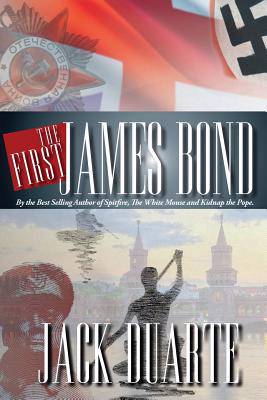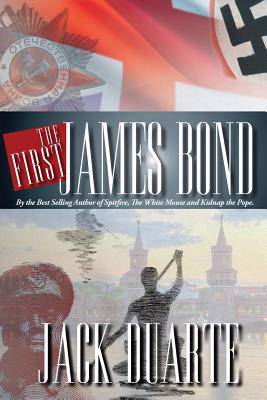
- Retrait gratuit dans votre magasin Club
- 7.000.000 titres dans notre catalogue
- Payer en toute sécurité
- Toujours un magasin près de chez vous
- Retrait gratuit dans votre magasin Club
- 7.000.0000 titres dans notre catalogue
- Payer en toute sécurité
- Toujours un magasin près de chez vous
Description
In late 1944, Winston Churchill receives information that the Nazis have secreted away billions through the Swiss Banking System and other places. He realizes that Great Britain will be bankrupt by the end of the war unless he does something about it.
He orders Major Desmond Morton, the founder of Britain's ultra-secret M Section to organize an expedition to attempt to extract a pair of leading Nazis, Joachim von Ribbentrop and Martin Bormann, from Hitler's Berlin Führerbunker and bring them safely back to England. Bormann is the key person in Hitler's hierarchy who holds the keys to Nazi fortunes.
Morton forms such a unit and calls on Churchill's longtime family friend Lieutenant Commander Ian Fleming, by then a praiseworthy intelligence officer for British Naval Intelligence, to head the mission. Fleming agrees and begins to set up the organization with Morton's help and that of another Churchill protégée, Lt. Christopher Creighton, who was earlier in the war, a double spy for the British.
Morton allows Fleming to name the mission and Fleming chooses Operation James Bond after his favorite bird book of the West Indies.
Their plan involves sending a force of around 150 volunteers in kayaks to pluck the two Germans from under the noses of the Russians who are shelling the City of Berlin. Many of the volunteers are German Jews who have escaped their homeland and joined the German Freedom Fighters to oppose Hitler.
After an arduous journey that cost the lives of a number of their volunteers, the group finally arrives and is able to extract Martin Bormann only days before Berlin falls to the Russians. After a daring escape through Berlin's river system, Bormann is successfully whisked back to Great Britain where he hands over the secret account numbers and passwords to British authorities. He undergoes successful plastic surgery and remains in England until he makes his way to South America.
The First James Bond is a true account of that mission and the people who pulled it off.
Spécifications
Parties prenantes
- Auteur(s) :
- Editeur:
Contenu
- Nombre de pages :
- 260
- Langue:
- Anglais
- Collection :
- Tome:
- n° 7
Caractéristiques
- EAN:
- 9780989436786
- Date de parution :
- 08-06-18
- Format:
- Livre broché
- Format numérique:
- Trade paperback (VS)
- Dimensions :
- 152 mm x 229 mm
- Poids :
- 353 g

Les avis
Nous publions uniquement les avis qui respectent les conditions requises. Consultez nos conditions pour les avis.






